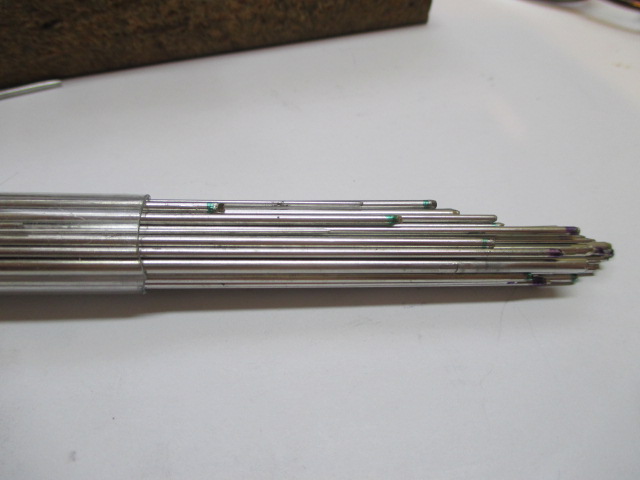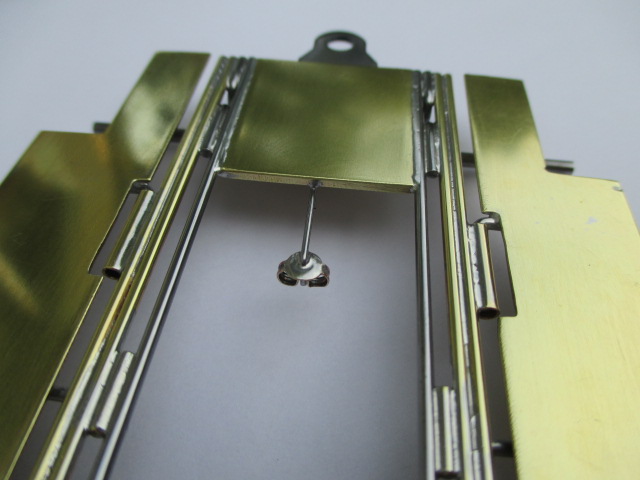I think this is related closely enough to mention it here, because the topic of "dissimilar metals" was brought up.
When soldering your tinned steel wire or steel guide tongue to brass, it is important to note that a very hot solder joint (like with a very hot iron or mini-torch) heats up both parts to nearly identical temperatures but brass and steel (while having similar density) have very different coefficients of thermal expansion (inch/inch/degree), meaning, the parts grow and shrink at different rates along with different conductivity (cooling rates, heat flux, btu transferred over time).
Solder is also a dissimilar metal and has different expansion rates when solid from the brass and steel.
The higher the temperature, the greater the change (delta) of volume. This is not an issue when the parts expand with hot, melted solder (necessary to get good distribution and coverage) but is a potential issue when it is cooling (after the solder turns solid). Obviously, a higher temperature solder will force a necessarily hotter process to joint the parts together.
The effect is that, after, the solder has turned solid, the parts continue to cool - the brass slightly faster than the steel (not sure about where the expansion rate of the solder falls).
As the joint cools, regardless of the rate, the steel and the brass will continue to shrink (volume reduced) until both reach room temperature. There is a region of solder affixed to the steel part and a region of solder that is affixed to the brass part. Clearly, if the shrink rates are different (all three metals), there are residual stresses in the solder between the parts. The higher the temperature of the process, the higher the stresses, potentially inducing significant micro-cracks in the very ductile metal matrix lattice of the solder.
These cracks will not heal themselves; instead, just continue to expand during the cyclical loading of the solder joint due to normal racing. If the car receives a wall shot accident, the crack could be very severe and not visible on the outside. This can, obviously, be repaired by re-soldering.
For a long wire bond line to a brass pan, I would recommend letting all of the parts cool to room temperature and just barely re-flowing the solder (between the brass and steel parts, only - you created the coverage and bond to the brass and steel parts earlier at high temp) keeping the heat and delta temperature as low as possible in the bonded parts just to "relax" the solder between them.
Just the normal flex over time of racing can change the characteristics of a previously fast chassis. Doing a quick setup in a proper fixture and re-flowing the solder could give a second life to a once-fast chassis.
Just my 40% of a nickel (perhaps misguided insights from a degree holding mechanical engineer). I welcome responses and I did NOT intend to hijack the thread - I think this is inseparably related (fortunate pun).
Keep it in the slot,
AJ
Sorry about the nerf. "Sorry? Sorry? There's no apologizing in slot car racing!"
Besides, where would I even begin? I should probably start with my wife ...
"I don't often get very many "fast laps" but I very often get many laps quickly." ™
The only thing I know about slot cars is if I had a good time when I leave the building! I can count the times I didn't on one two three hands!
Former Home Track - Slot Car Speedway and Hobbies, Longmont, CO (now at Duffy's Raceway), Noteworthy for the 155' Hillclimb track featuring the THUNDER-DONUT - "Two men enter; one man leaves!"
![]()





















